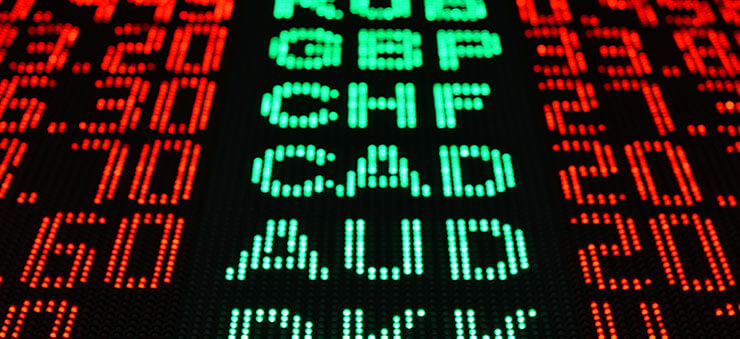Pound Slips Against Australian Dollar as BoE Warns of Post-Brexit Recession

On Thursday, the Bank of England stated that the UK has a 33% chance of facing a recession on the back of Brexit. The bank decided to maintain the interest rate at the current level of 0.75%, which markets expected.
Even so, the bank’s lack of action along with their dire warnings led to a weakening of the pound sterling against the Australian dollar.
The BoE also lowered their predictions regarding economic growth, but they were still based on the idea that Brexit would go off without a hitch, even though the political landscape seems to indicate otherwise.
There is a chance, though, that the Bank of England will have to take a firmer stance and make more significant changes to their policy seeing as the markets are more and more inclined to believe a no-deal Brexit will happen.
July’s UK manufacturing PMI didn’t help matters as it stayed at 48, showing activity in the sector hadn’t improved at all from its lowest point in nearly 6.5 years.
Thus, GBP rates suffered across the board as market confidence in the British economy further eroded.
The managing director of G+ Economics, Lena Komileva, stated through Twitter that the Bank of England was basically admitting Brexit to be an issue that they don’t have the capability to prevent, repair, or even anticipate.
On the other hand, Samuel Tombs from Pantheon Macroeconomics said it was clear that the BoE’s Monetary Policy Committee felt that if a problematic Brexit doesn’t take place, rates will have to increase. He also stated that the BoE made it clear they expect inflation to come in over the 2% target if Brexit goes off without a hitch.
Last week, the chief economist of the Bank of England, Andy Haldane, warned that adjusting rates in any shape or form would be a mistake. He explained that the Monetary Policy Committee doesn’t really know what’s coming so it doesn’t know in which direction to adjust rates to help the economy. Thus, he stated it was better that nothing is done until the situation becomes clearer.
Australian Manufacturing Provides AUD with Support
The Australian manufacturing PMI jumped to 51.3 from 49.6 in July, which indicates that the manufacturing sector has begun to grow once more.
This boosted investor confidence in the health of the Australian economy, while also reducing the negative effects of the RBA taking a less dovish stance.
Furthermore, pressure on the AUD lowered thanks to China’s improved manufacturing PMI. As the second-largest economy in the world and one of Australia’s main trading partners, China’s seeming recovery naturally had a positive impact on the Australian dollar.
U.S. Dollar Rises and Falls after Fed Announcement
On Wednesday, the Fed announced a rate cut of 25 basis points, which was in line with market expectations. While this is the first rate cut in the U.S. in ten years, the Fed clearly stated that there wouldn’t be any further rate cuts.
Powell stated that their monetary policy strategy would have been more aggressive if they saw true weakness in the economy. However, since that is not the case, he stated the markets should consider the rate cut a simple correction with no further aggressive actions to follow.
Thus, the U.S. dollar index rose to a high of 98.665 but then slid back to 98.382, which still represented an increase of 0.1%.
The USD/JPY slid to 108.19, equating to a loss of 0.5%, while the GBP/USD slid to 1.2143 after the BoE’s announcement. The EUR/USD slid to 1.1058, while the USD/CAD increased to 1.3209.

